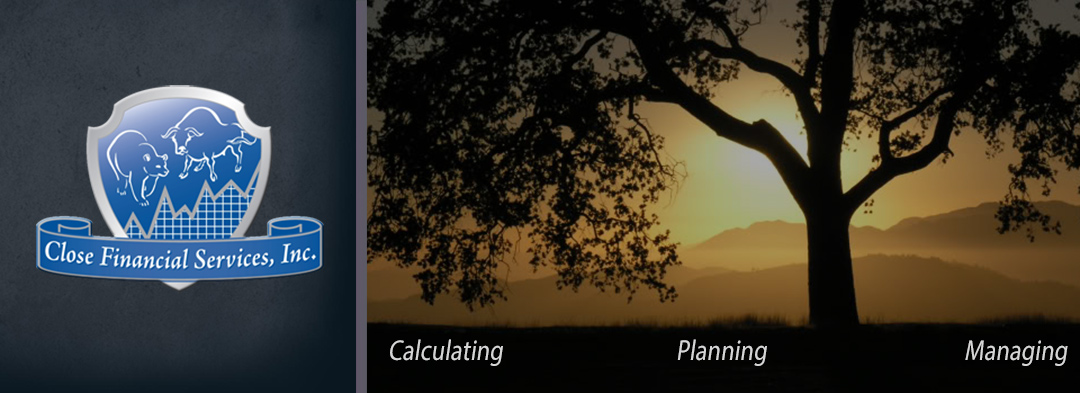
Financial and Retirement Planning
In retirement planning there are three phases: accumulation, consolidation, distribution. the accumulation of assets occurs during the individual’s working years; usually it is between 30 to 55. In the second phase of consolidation, the client repositions the investment portfolio to more conservative allocations that will be subject to less fluctuation in value. The third phase is the distribution period. This is where the retiree starts collecting from private investments, social security, personal investments and various retirement plans. In each phase there is interaction between inflation, taxes and current interest rates, which affects the outcome of how much a client can accumulate and what income the total assets accumulated will produce.
Products Used to Accomplish Goals:
- Stocks
- Bonds
- Mutual Funds
- ETFs
- Alternative Investments
- Fixed and Variable Annuities
Types of Retirement Savings Plans Used to Accomplish Goals:
- IRAs
- Traditional
- Roth IRA
- SEP IRA
- SIMPLE IRA
- 401(k)s
Insurance Planning
For many, life insurance is among the more important types of coverage for individuals and families to have. There are three key questions when considering life insurance as part of your financial plan — how much do you need, how long should the coverage be in place, and what is doable from a cash-flow perspective.
As every client knows, life is full of uncertainties and unpredictable events. Insurance is a vehicle to provide assurance for you and your loved ones. Insurance planning is an important part of any sound financial plan. In its simple terms, is no more than leveraging the risk associated with the uncertainties and unpredictable events and prepare for the expenses that those types of events can cause.
Proper and effective insurance planning can help a client to evaluate various options from the many insurance companies and ensure that you are adequately covered for insurable risks, ie: life, health, disability, long-term care, and property/casualty.
You work hard to bring home a paycheck, provide food and shelter and accumulate wealth. It is not in the best interest to you and your family to leave these important issues to chance. Whatever the insurance needs is, making sure that you’re adequately insured can save you from financial ruin in the event of an unfortunate accident. Make sure that you’re covering the most important aspects of your life while spending money only on the insurance that you really need.
Insurance planning can help maintain the client’s family and loved ones standard of living in the event of death or disability and not burden them with the high cost of final expenses.
Products Used to Accomplish Goals:
- Fixed and Variable Life Insurance
- Long-Term Care Insurance
- Disability Insurance
Products & Services
Stocks
Bonds
401(k)s
IRAs
Fixed & Variable Annuities
Fee-Based Financial Planning
Fixed & Variable Life Insurance
Long-Term Care Insurance
Disability Insurance
